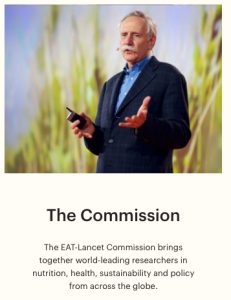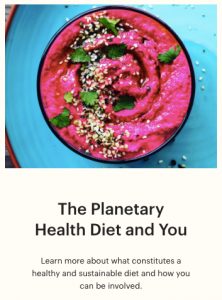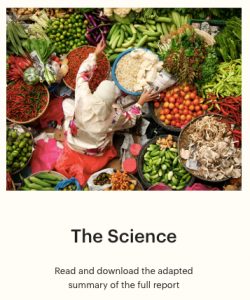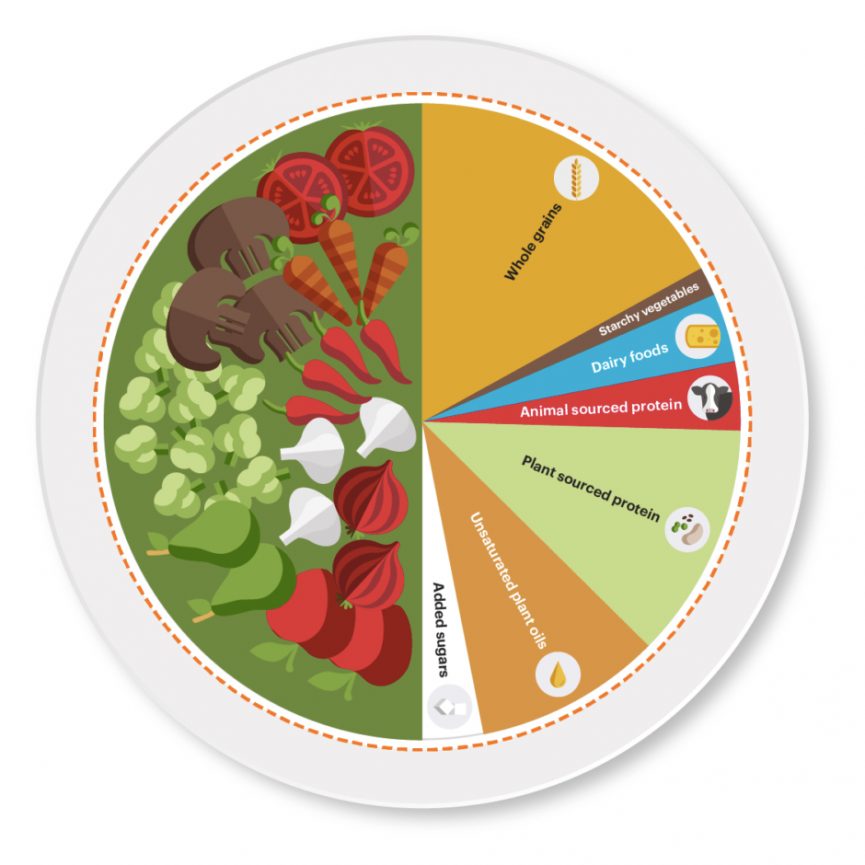Can we feed a future population of 10 billion people a healthy diet?
The EAT-Lancet Commission on Food, Planet, Health brought together 37 world-leading scientists from across the globe to answer this question:
Can we feed a future population of 10 billion people a healthy diet within planetary boundaries?
The answer is yes, but it will be impossible without transforming eating habits, improving food production and reducing food waste.
The EAT-Lancet report is the first full scientific review of what constitutes a healthy diet from a sustainable food system, and which actions can support and speed up food system transformation.
Extracts Here:



The Commission – The Planetary Health Diet and You – The Science
The Planetary Health Diet
The planetary health diet is flexible by providing guidelines to ranges of different food groups that together constitute an optimal diet for human health and environmental sustainability. It emphasizes a plant-forward diet where whole grains, fruits, vegetables, nuts and legumes comprise a greater proportion of foods consumed. Meat and dairy constitute important parts of the diet but in significantly smaller proportions than whole grains, fruits, vegetables, nuts and legumes.
In addition to the targets set within each section, the dietary targets also suggest that the average adult requires 2500 kcal per day. While this amount will vary based on age, gender, activity levels and health profiles, overconsumption is a waste of food with both health and environmental costs.
Sector Based Briefs
The Commission has also provided sector based briefs – For Cities & Councils; For People in General; For Farmers; For Food Service Professionals; For Health Care Professionals; and For Government Policy Makers.
Science-Based
The EAT-Lancet Commission’s scientific targets for healthy diets allow for individuals to prepare and consume meals in the total amount, composition and proportions that fit within the ranges of different food groups. The dietary pattern allows for flexible application of these criteria with room to tailor foods and amounts to the different preferences and contexts to reduce the risk of poor diets and environmental degradation.
Tom Danby, Moonee Valley Sustainability, 2020

